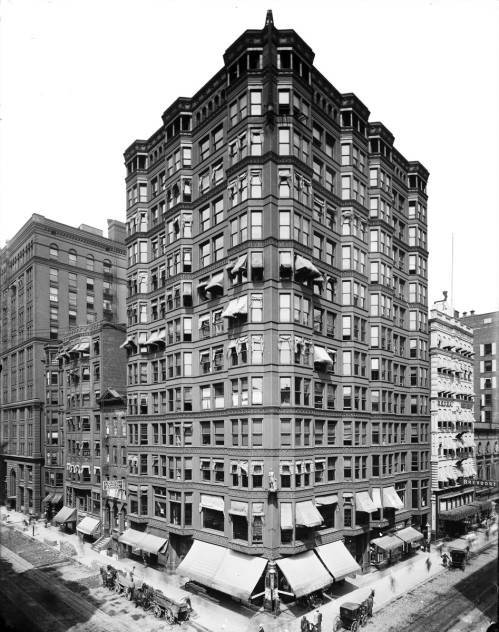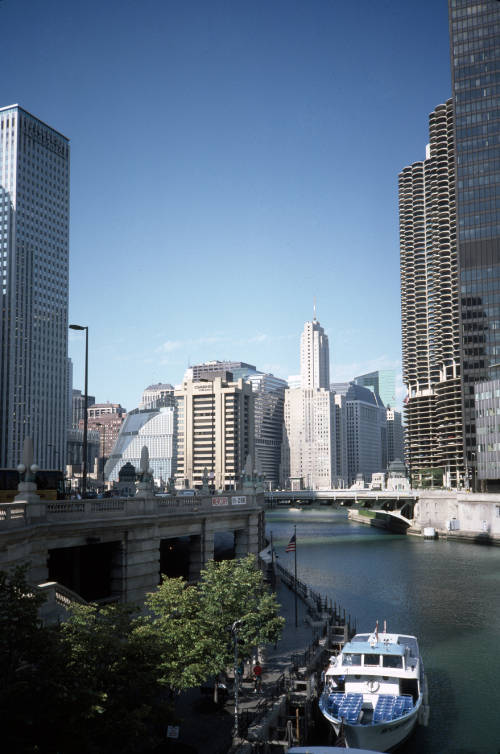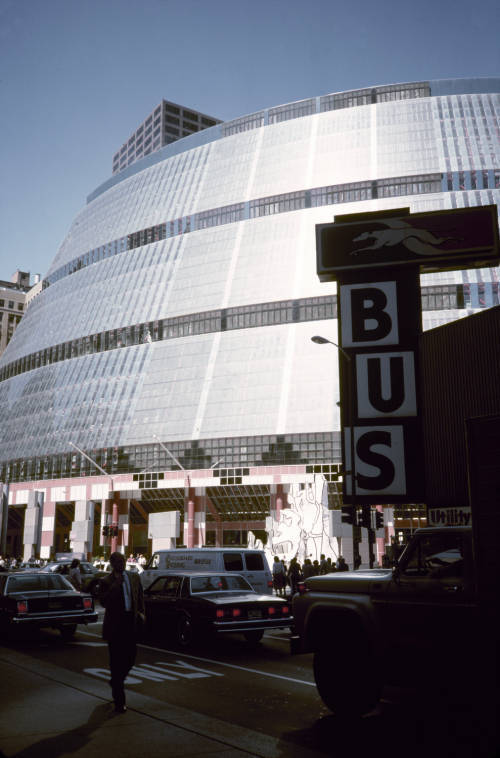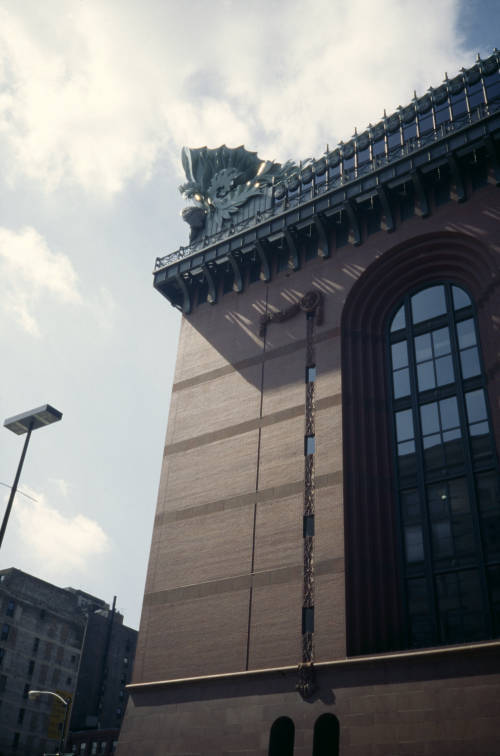Architecture in Chicago: Who's Who
Holabird and Roche
Two well-known architects who emerged from the Chicago School period were William Holabird and Martin Roche. They worked separately but also worked collaboratively; the firm started by Holabird was, for a time, “Holabird and Roche.” Although many architects contributed to the innovations associated with the Chicago School style, it was Holabird and Roche who “developed a generalized form [for buildings] that was applicable with minor variations to all the requirements of the office block” [2]. Holabird and Roche began working together shortly after the Great Fire. Despite the tragedy, this turned out to be an auspicious time to be an architect. Their combined knowledge of engineering and design helped them grow as a firm. One of their first major, more high-profile buildings was the Tacoma, a 12-story office building. It was constructed with a metal skeleton for support. Although they did help to pioneer the design of the modern office building, Holabird and Roche kept their building projects varied; they contributed to the 1893 World’s Columbian Exposition while also continuing to design and construct residential homes as well. Along with the Tacoma, some of their notable buildings in Chicago include the Marquette Building (built during the 1890s) and the Mandel Brothers Store (built between 1900 and 1905).
[2] Barford and Wold. Architecture in Illinois, 7.
Brubaker and Perkins & Will
C. William Brubaker worked with Chicago-based architecture firm Perkins & Will from 1947–1998. He began as an intern and progressed until he was President and Chairman of the board. During his time at Perkins & Will, he also photographed the city of Chicago, creating a collection of images that spans decades. Many of his photos are featured in this exhibit.
Perkins & Will (started by Lawrence Perkins and Philip Will in 1935) began in Chicago. By the 1950’s, they had made a name for themselves as school architects. School architecture was Brubaker’s main focus as well, thus his interest in the firm; in an interview, he states: “I designed an art school for my thesis … That was a clear-cut statement of my interests and aspirations” [3]. They also worked on hospitals and industrial buildings. Despite being associated mainly with Chicago, Perkins and Will have worked on projects around the US and abroad. Notably, they designed Hollister Hall at Cornell University, Perkins' and Will's alma mater.
[3] C. William Brubaker. “Oral History of C. William Brubaker.” Interview with Betty J. Blum, Chicago Architects Oral History Project, Ernest R. Graham Study Center for Architectural Drawings, 2000. https://artic.contentdm.oclc.org/digital/collection/caohp/id/1060/rec/2, iv.
The Chicago Seven
The Chicago Seven were a group of architects who worked during the second half of the twentieth century. Originally comprised of Thomas Beeby, Stanley Tigerman, Stuart Cohen, Larry Booth, Ben Weese, James Ingo Freed, and James Nagle, the group also attracted other skilled architects such as Helmut Jahn and Cynthia Weese. Despite the growing number of participants, the group continued to be called the Chicago Seven, possibly enjoying the radical connotations of that name, which more commonly refers to the seven antiwar protestors who were tried following the 1968 Democratic Convention. The group brought different backgrounds and ideas to the table, but they had no guiding style to which they had to adhere as a group. Their only real commonalities were that they were fairly young (in their 30’s and 40’s), were all from the Chicago area or nearby, and had a desire to innovate within the field of architecture. The group sought to break from the tradition of those like Ludwig Mies van der Rohe, whose modernist style is perhaps still what Chicago architecture is most associated with. In contrast with Mies’s style and tenets (he is quoted as saying “Build, don’t talk”), the Chicago Seven were interested in fostering discussion and dialog surrounding their work [4]. Their efforts did not go unnoticed. In 1979, all but one of the awards given at the American Institute of Architects ceremony went to members of the Seven.
[4] Lance Knobel, "Recent Work of the Chicago." The Architectural Review, vol. 165, no. 1000 (June 1, 1980): 165, https://www.proquest.com/trade-journals/recent-work-chicago/docview/1366922455/se-2?accountid=14553.





